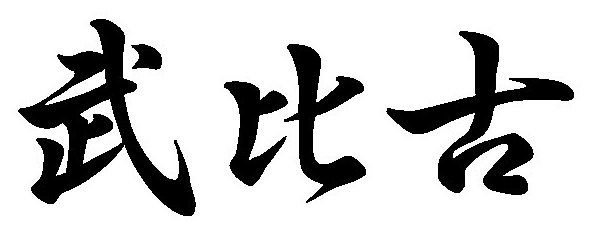
Please enjoy the skills of Tokyo's silver craftsmen.

TAKEHIKO - Seki Kogei Co., Ltd.
Takehiko III's Thoughts on Traditional Crafts Made by Master Craftsmen
Silversmithing has been cultivated in Japan since the Heian period (794-1185), and each craftsman has his or her own handmade technique. The master craftsman says, "I must make the finest, most unrivaled, unmistakable, and unique products possible, while maintaining my daily devotion." Even now that he has become a master craftsman, he wishes to "take in the opinions of our customers and make good products."
Because there is so much handwork involved, he can confidently say that he puts more time and effort into any of his work processes than other craftsmen. He believes that manual work gives his products their "flavor." As a professional, he never makes mistakes, but if he does not hone his skills, he will not be able to develop new sensitivities.
Even master craftsman in this long history of silversmithing has the spirit of incorporating customers' suggestions and developing himself, and this must continue to be carried on by traditional Japanese craftspeople in the future.
We would like to continue to have our customers say, "You can't go wrong with Seki Kougei's crafts," when they receive our products. We want the world to know the fine quality of our products, our engraving techniques, and the sensibility of our craftsmen.
Traditional Crafts in the Modern Age
The history of silverware in Japan is long, and it was already used as tableware in the 8th century during the Heian period. In Edo, the center of politics, economy, and culture, there existed the Kinza or Ginza, where coins were made. Craftsmen who used silver to make tableware, ornaments, and other items gathered there, and silverware became widely popular. The techniques that were developed at that time have been handed down to the present day, and Takehiko produces products that incorporate modern techniques and the seven aesthetic sensibilities as works of art.
Founded in 1936
The first-generation Seki Takehiko moved to Tokyo in 1922 and entered the apprenticeship of master Katsuyuki Tajima, a master craftsman of hammers, trained in silverwork, further refined his techniques under Munehiro Kosaka, and became independent in 1936. He was drafted into service during World War II and was demobilized in 1948. With the arrival of peace, he resumed active production. Decoration craftsmen are craftsmen who mainly make decorations. Tsuiki is a metalworking technique meaning to form a shape by striking a metal plate. Inheriting the techniques of medieval silver work, he became independent in the early modern period in the 17th century. In addition to being a resident, he also adopted metal surface treatment techniques such as metal engraving, fine gold work, brazing, and plating, becoming a general expert in metal processing technology.


















